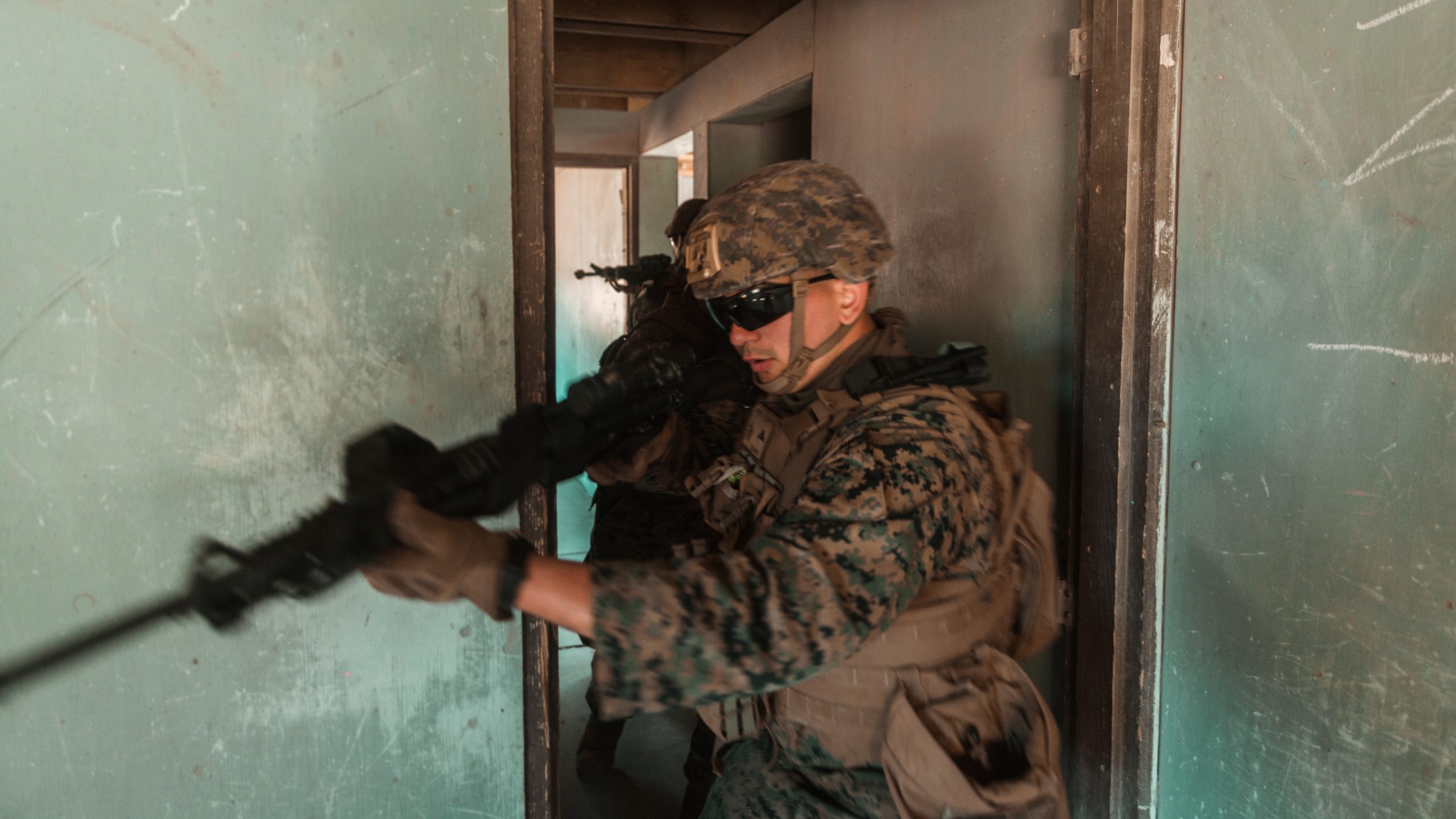
Level 4 Body Armor: Understanding its Benefits and Pitfalls
Level 4 body armor has become increasingly popular within the military and law enforcement communities. It is designed to provide enhanced protection against rifle rounds, but this increased protection comes with a few potential pitfalls that users must be aware of. Let’s take a look at both the benefits and drawbacks of level 4 body armor.
Benefits of Level 4 Body Armor
Level 4 body armor is made from a combination of ceramic plates and steel or titanium plates, making it one of the strongest types of body armor available. This type of armor can stop most rifle rounds, including high-powered rounds such as .308, 7.62x51mm NATO, and 7.62x39mm Soviet. Additionally, level 4 body armor offers some degree of protection against blunt force trauma and shrapnel from explosions.
Due to its multi-layered construction, level 4 body armor also provides a higher level of comfort than other types of body armor. The soft inner layers are designed to reduce friction against the wearer’s skin and absorb sweat more effectively, making it easier for them to stay in the field for longer periods without feeling uncomfortable or weighed down by their equipment.
Pitfalls of Level 4 Body Armor
The biggest drawback to level 4 body armor is its cost; because it uses multiple layers of advanced materials such as ceramic plates and steel or titanium plates, this type of armor can be quite expensive when compared to other types of body armor. Additionally, since these materials are heavy, level 4 body armor can be relatively bulky; while not prohibitively so, this can make it difficult for wearers to move quickly if they need to respond quickly in an emergency. Finally, due to its bulkiness and weight, wearing level 4 body armor can be tiring after long periods in the field or during intense physical activities such as running or climbing.
Overall, level 4 body armor offers superior protection against rifle rounds compared to other types of body armor but comes with some notable drawbacks as well—namely cost and bulkiness/weight that may limit mobility in certain situations. Wearers should always weigh the pros and cons before deciding whether or not this type of body armor is right for them given their particular needs. For those who do opt for level 4 body armor, proper training on how to use it effectively is essential to maximize their safety on the battlefield while minimizing any potential risks associated with wearing it.
For more articles, please click here.